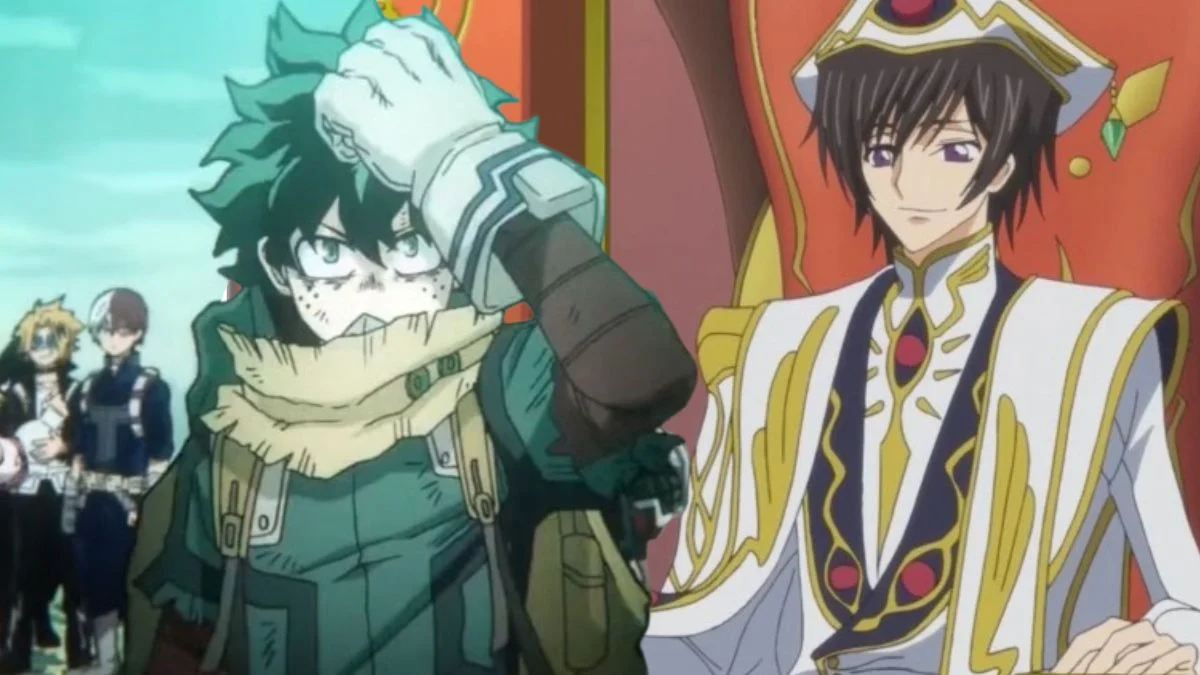
The best anime comebacks feel incredibly satisfying when a character overcomes hardship and reclaims what they’ve lost – and even surpasses it. These moments work so well because they’re earned through genuine struggles, like injuries, defeat, or being forced into exile, followed by a powerful return that shifts the story. Whether it’s a fight scene or a sports competition, these turnarounds are built on solid foundations – like intense training, smart strategies, or a character’s inner growth. We’ll also highlight the animation studio behind each comeback, because the visual execution is often just as important as the story itself.
Rock Lee’s return against Kimimaro — ‘Naruto’ (2002–2007)
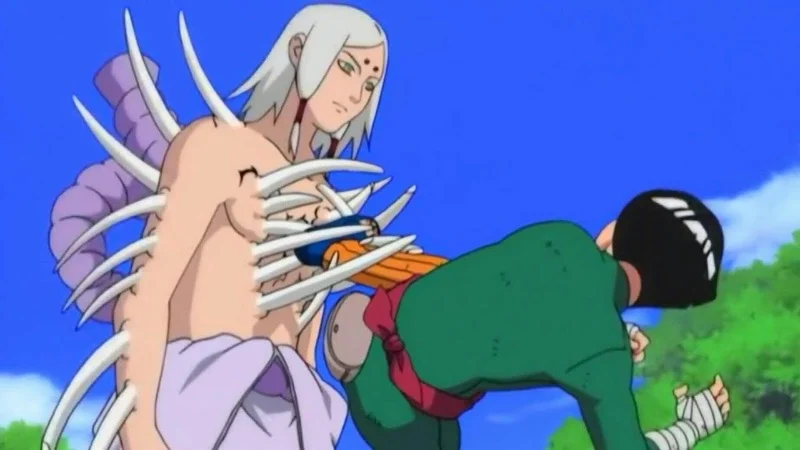
Following a serious surgery that threatened his ninja career, Rock Lee bravely rejoined the mission to bring Sasuke back home, facing off against Kimimaro once more. He started uncertainly, but quickly regained his confidence, managing to hold Kimimaro off until Gaara could arrive. This fight showed how well his recovery training had worked and proved that skillful hand-to-hand combat could temporarily defeat a much stronger enemy. The animation studio, Pierrot, clearly showcased Lee’s movements and speed, making it easy to follow the intense battle.
Luffy’s third bout with Crocodile — ‘One Piece’ (1999–present)

Luffy is defeated by Crocodile twice before their ultimate battle in Alabasta. He learns from his losses, using water to overcome Crocodile’s sand-based powers and avoiding previous errors. The location of the fight is key, as Luffy pushes for close combat to limit Crocodile’s Devil Fruit abilities. The animation highlights both fighters’ endurance and determination with long, dynamic scenes showing the back-and-forth struggle.
Tanjiro reengages Rui on Mount Natagumo — ‘Demon Slayer: Kimetsu no Yaiba’ (2019–present)

Trapped by Rui’s threads, Tanjiro adjusts his breathing and sword techniques to escape and get back into the battle. He combines his usual Water Breathing with a special technique his father taught him, changing the speed and range of his attacks. His success depends on carefully observing the threads’ tension and timing his moves, rather than just using strength. The animation expertly follows the web of threads and Tanjiro’s sword swings, making this shift in strategy clear to viewers.
Deku’s return to U.A. after the vigilante arc — ‘My Hero Academia’ (2016–present)
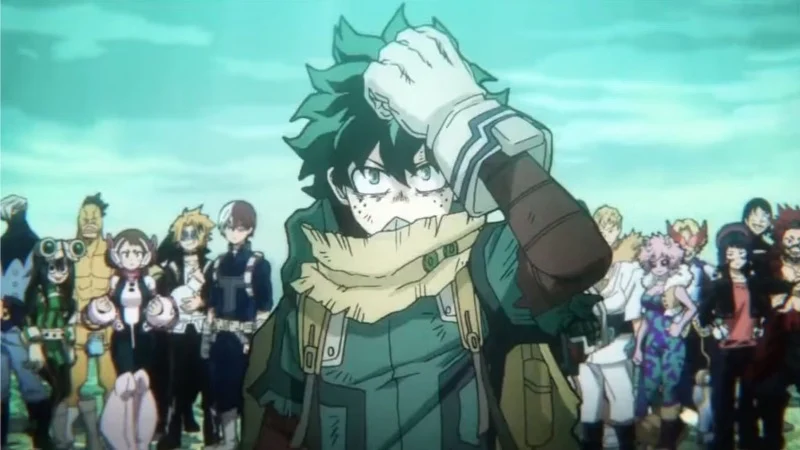
Feeling worn down and isolated, Deku finally accepts help from his friends and returns to U.A. High to rebuild. The story shows how everyone adjusts to share the workload, allowing Deku time to heal and strategize. It also shifts the focus of the class from individual hero work to teamwork and defense. The conflict is carefully constructed, with each character’s unique ability used to challenge Deku’s attempts to dodge and weave.
Armin back on the front line after transformation — ‘Attack on Titan’ (2013–2023)
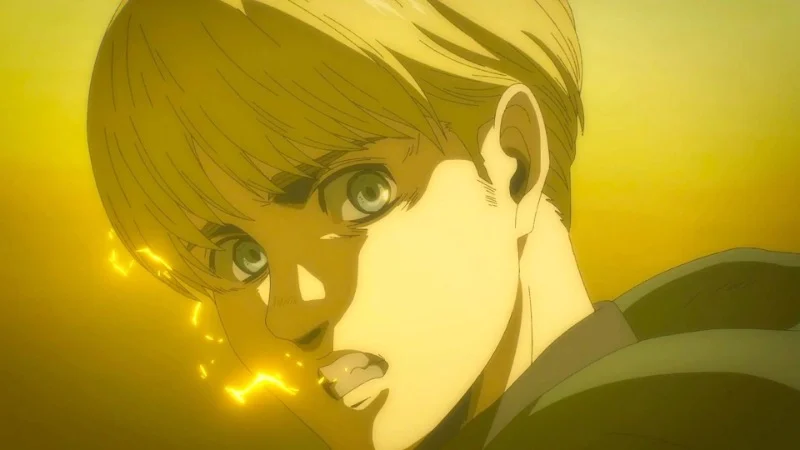
Armin, having narrowly escaped death and gained new abilities, rejoins the fight as a strategist rather than a powerhouse. He now plans attacks and serves as a final defense when things get desperate. His return changes how the team handles both attacking and retreating, and the animation studios, Wit Studio and MAPPA, highlight this by carefully building up to his moments of action on the battlefield.
Gon’s recovery and reunion atop the World Tree — ‘Hunter x Hunter’ (2011–2014)
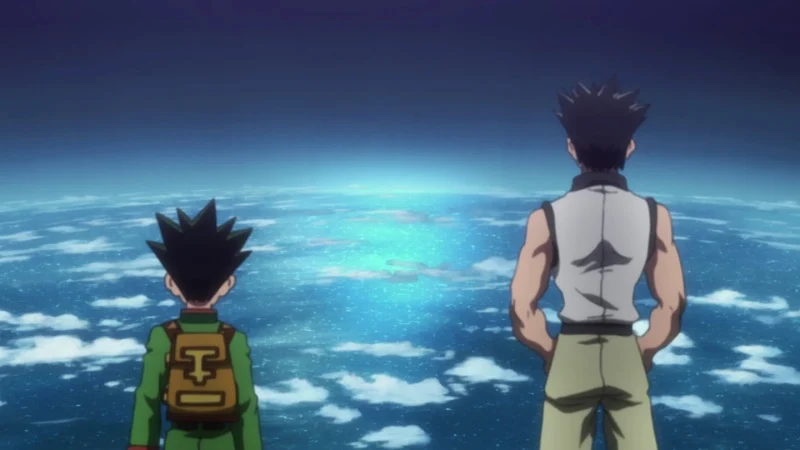
After the devastating Chimera Ant battle, Gon is left physically and spiritually weakened, leading him to stop fighting. As he slowly heals, he journeys to find his father, Ging, which gives him a new sense of purpose. This encounter changes his focus from seeking revenge to pursuing knowledge and understanding. The animation studio, Madhouse, emphasizes this transformation through peaceful scenes and long shots that prioritize dialogue over action.
Hinata’s return to the court after the ball boy phase — ‘Haikyu!!’ (2014–2020)
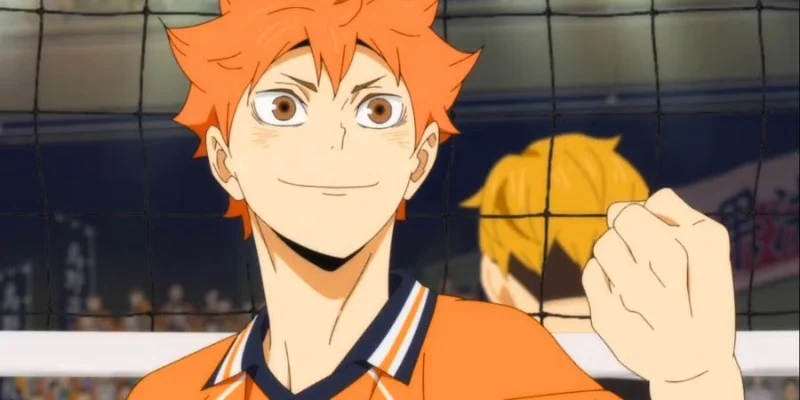
It was tough being sidelined, but when I couldn’t practice with Karasuno, I volunteered as a ball boy at another team’s camp. It gave me a chance to really watch volleyball at a higher level, and I focused on things like how players read the game and control the first touch. When I got back to Karasuno, I felt like I’d improved a lot, especially with reading attacks and receiving serves. You could see the difference right away in our quick plays and during longer volleys. The animators at Production I.G even made sure to show how much better my first touches and positioning had become, which was really cool.
Kuroko’s reentry with a refined misdirection — ‘Kuroko’s Basketball’ (2012–2015)

When opponents figure out Kuroko’s game, he doesn’t force things. Instead, he subtly changes his passing, creating new openings and luring defenders into traps. He also works with his teammates to improve their timing, ensuring they’re ready to capitalize on these opportunities. His success isn’t about being faster, but about fooling the other team. The animation studio, Production I.G, clearly shows how Kuroko uses angles and quick movements to trick defenders, making his passes and cuts effective.
Thorfinn’s comeback from slavery to a new purpose — ‘Vinland Saga’ (2019–2023)

Once driven by a desire for revenge, Thorfinn finds a new path through hard work and meaningful conversations. He aims to build a peaceful community, and this change impacts relationships, commerce, and travel throughout the North Atlantic region. The animation studios Wit and MAPPA visually emphasize this transformation with realistic settings and a focus on character development over constant action.
Mob regaining control to protect the city — ‘Mob Psycho 100’ (2016–2022)
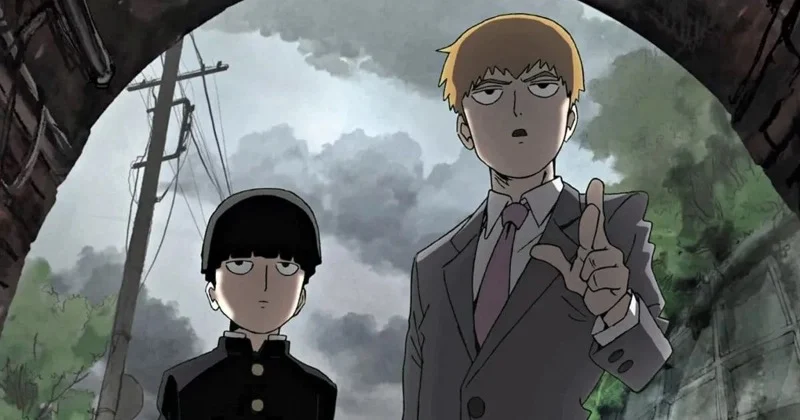
Mob initially loses control, becoming a danger to those around him, but he eventually regains composure and focuses on what truly matters. When he faces new challenges, he approaches them with self-control and defined limits on his abilities. This transformation isn’t about increasing his power, but about using it responsibly, and the series visually represents this shift as Mob takes charge of himself.
Ed’s late-series return to the front after recalculating the cost — ‘Fullmetal Alchemist: Brotherhood’ (2009–2010)
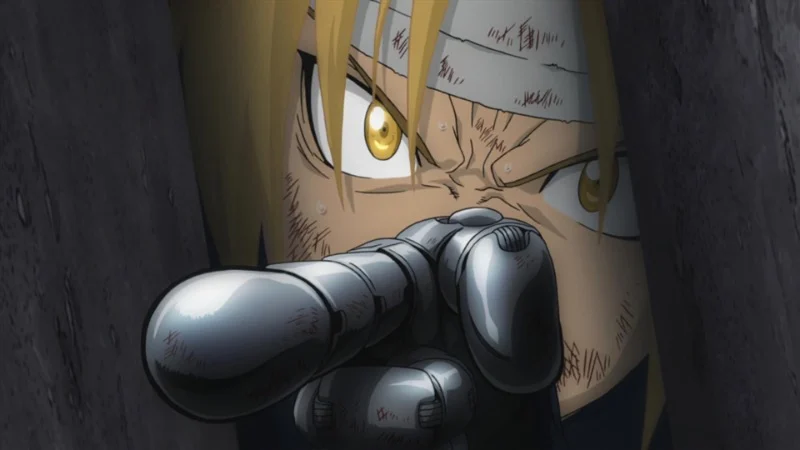
Okay, so things looked really bleak for Ed there for a minute. He realized the deals everyone was making were just… unsustainable, and he had to rethink the whole ‘equivalent exchange’ thing. He came back with a new strategy that, thankfully, didn’t involve anyone getting sacrificed! It was awesome to see him rally his allies and completely change their approach, shifting from just trying to survive to actually taking down the homunculi’s operation at its source. The way the director showed everything happening – cutting back and forth between each ally’s role – was brilliant. It really emphasized how coordinated their comeback was.
Ichigo’s reforged entry into Seireitei — ‘Bleach: Thousand-Year Blood War’ (2022–2024)
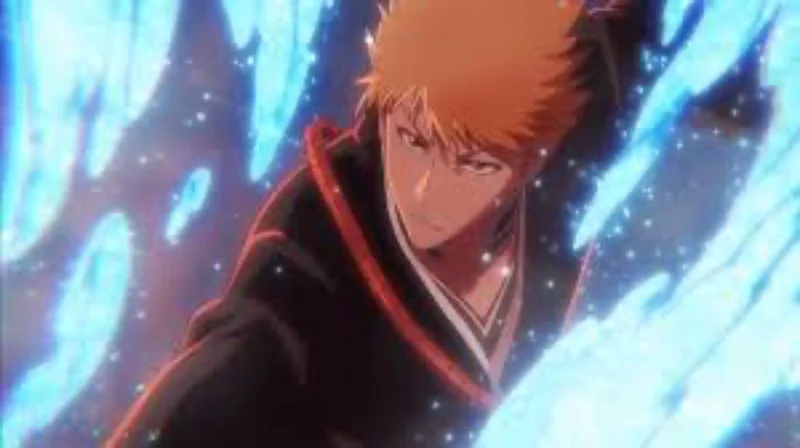
It was rough when Ichigo first fought the Quincy and had to fall back. But that retreat really let him understand his Zanpakuto, and when he came back, he was wielding two blades! It wasn’t just a cool look, though – it actually helped him figure out what the Sternritter were doing with their stolen powers and how to fight back. It felt like a huge shift in how he was leveling up to meet those threats. Honestly, the way Studio Pierrot showed it – with the sharp, clear fighting and how they explained his new abilities – really made the upgrade feel impactful.
Jotaro’s standstill heart trick against DIO — ‘JoJo’s Bizarre Adventure: Stardust Crusaders’ (2014–2015)
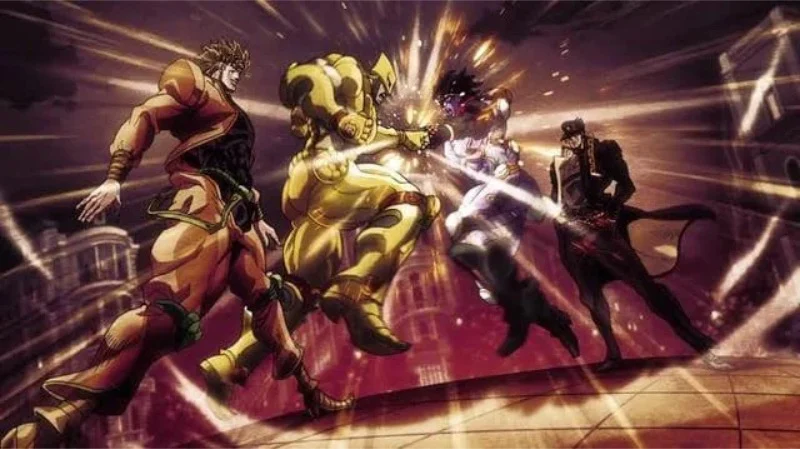
After being caught by DIO’s time stop, Jotaro pretends to be defeated to carefully analyze DIO’s abilities. He then returns to the fight with a strategy to surprise him. Jotaro learns to anticipate DIO’s time stops and uses precise timing to get close enough to attack. His successful counterattack isn’t about gaining more power, but about careful observation and planning, which the animation clearly highlights.
Lelouch’s public return to seize control — ‘Code Geass: Lelouch of the Rebellion’ (2006–2008)

When Lelouch lost his influence, he returned as Zero with a complex plan. He used his Geass ability, organized dramatic rescues, and controlled the media to rally people to his cause. This allowed him to unite different rebel groups and turn isolated protests into a coordinated movement. Lelouch’s actions completely changed the balance of power, forcing his enemies to respond to his moves. The animation emphasizes this shift with impressive scenes of large crowds and cityscapes, visually demonstrating who is in control.
Natsu’s return to lead the guild into the Alvarez war — ‘Fairy Tail’ (2009–2019)
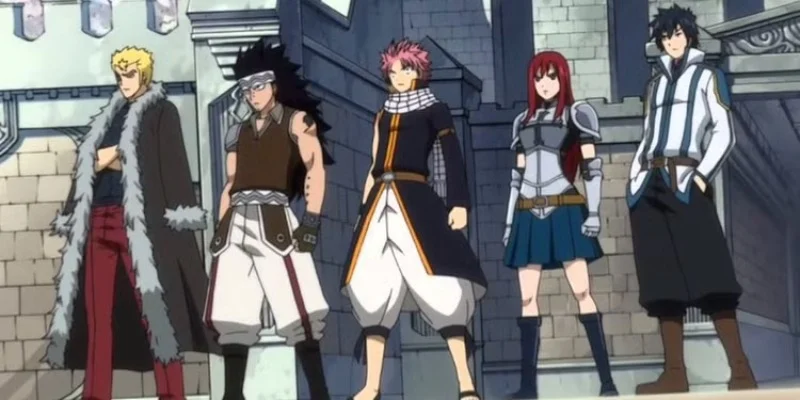
Natsu goes off to train, and when he returns, he has much better control over his Dragon Slayer abilities just as new dangers appear. He brings the team back together, sets clear goals, and urges everyone to prepare for battle quickly. This return boosts the guild’s spirits and provides a clear plan for facing Zeref and the forces of Alvarez. The animation studios – A-1 Pictures, Satelight, and later Bridge – portray this regrouping with lively music and well-choreographed fight scenes.
Tell us about your favorite epic comeback moments in anime! We want to know which scenes really got you excited.
Read More
- The Unexpected Triumph of Novo Nordisk: A Dividend Hunter’s Delight
- Gold Rate Forecast
- Группа Астра акции прогноз. Цена ASTR
- Top 20 Hilarious Conservative Comedians Ever, Ranked
- Сегежа акции прогноз. Цена SGZH
- Sadie Sink Spotted on the Set of ‘Spider-Man: Brand New Day’ for the First Time
- Most Famous Jackies in the World
- Robert Kirkman Launching Transformers, G.I. Joe Animated Universe With Adult ‘Energon’ Series
- TIA PREDICTION. TIA cryptocurrency
- Banner Guide – Neon Savior Angelica
2025-11-03 17:18